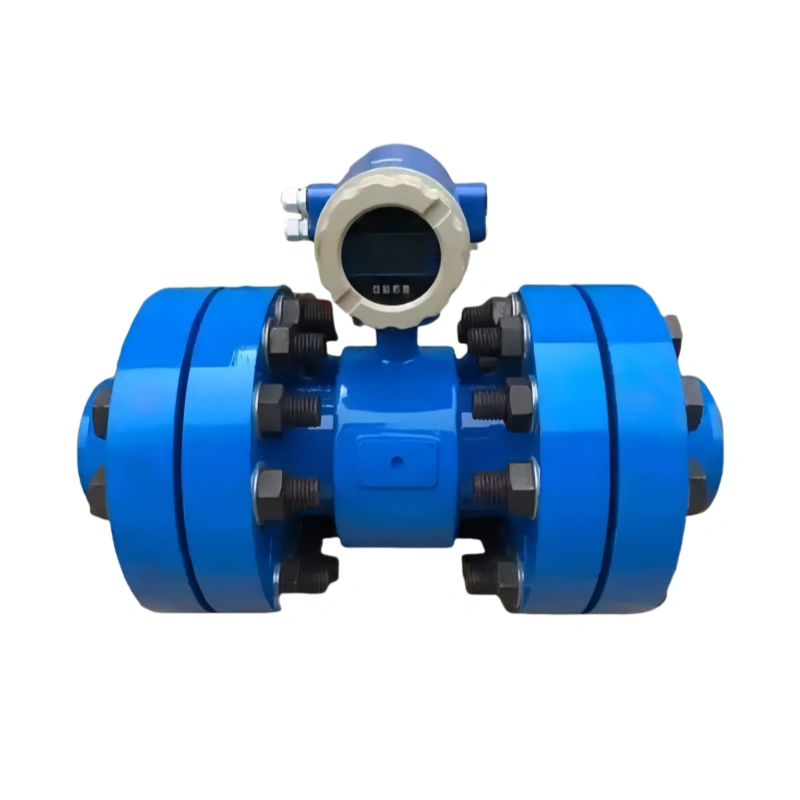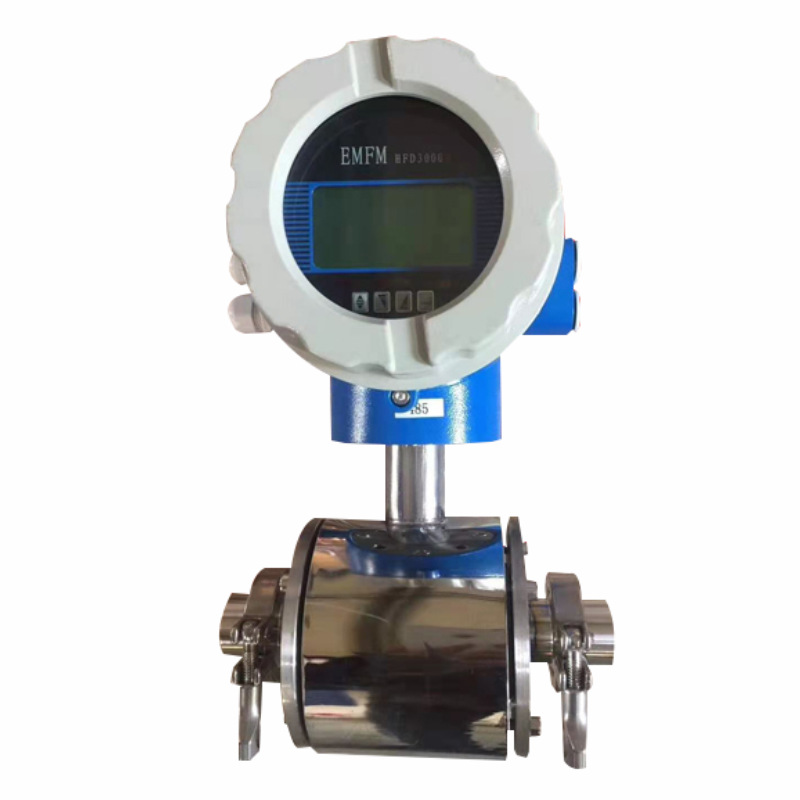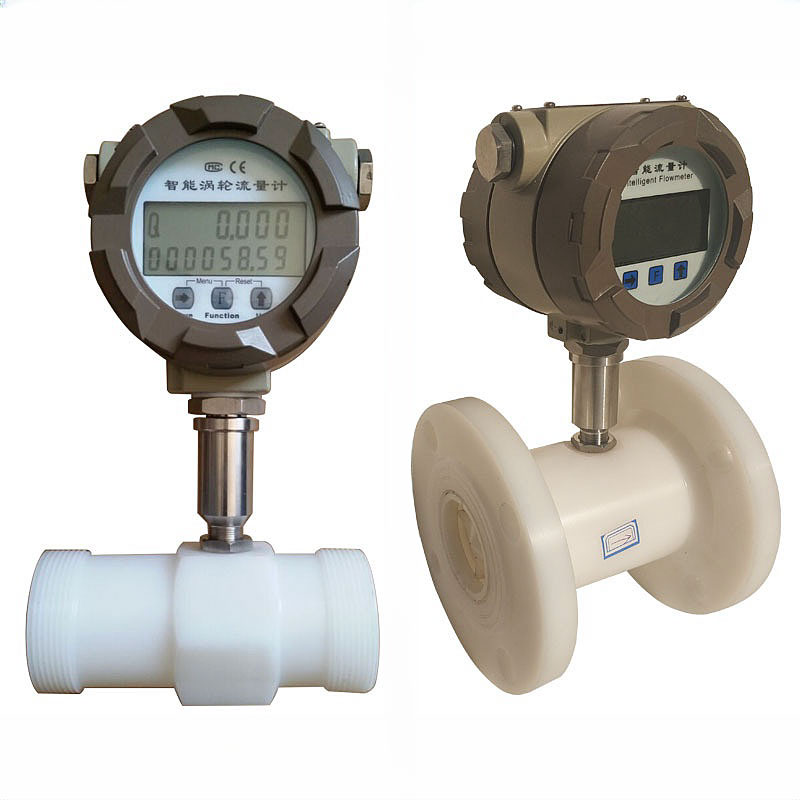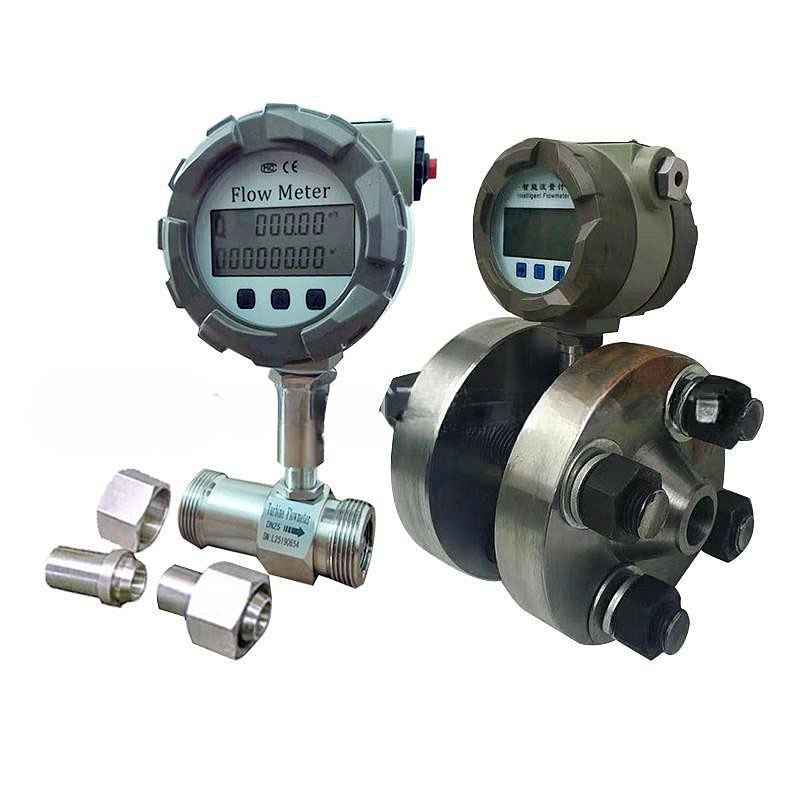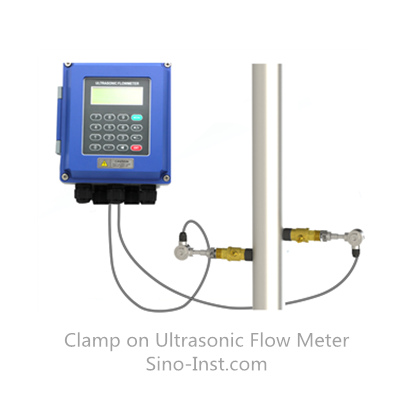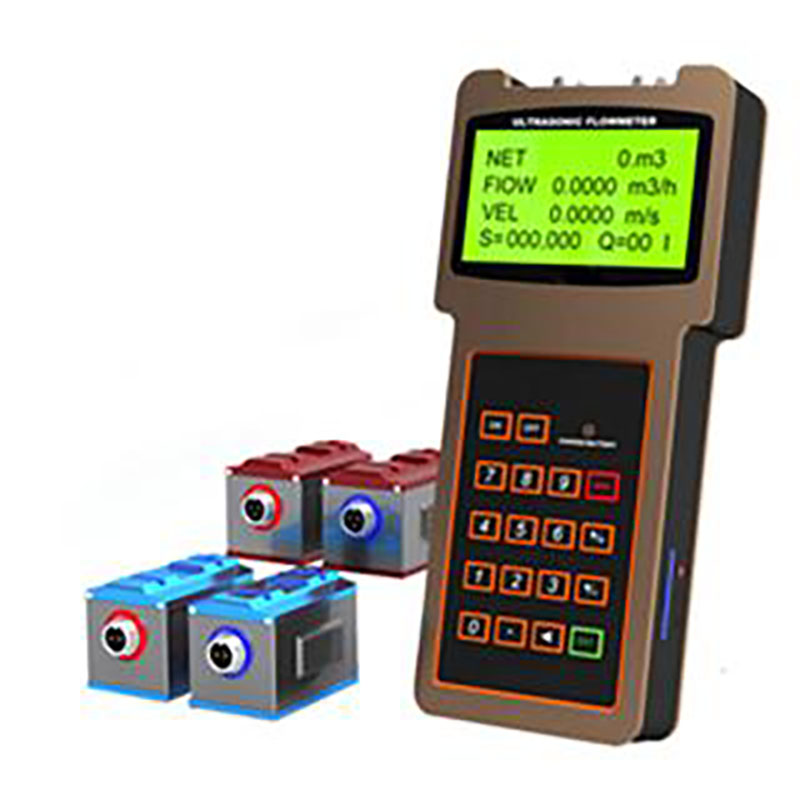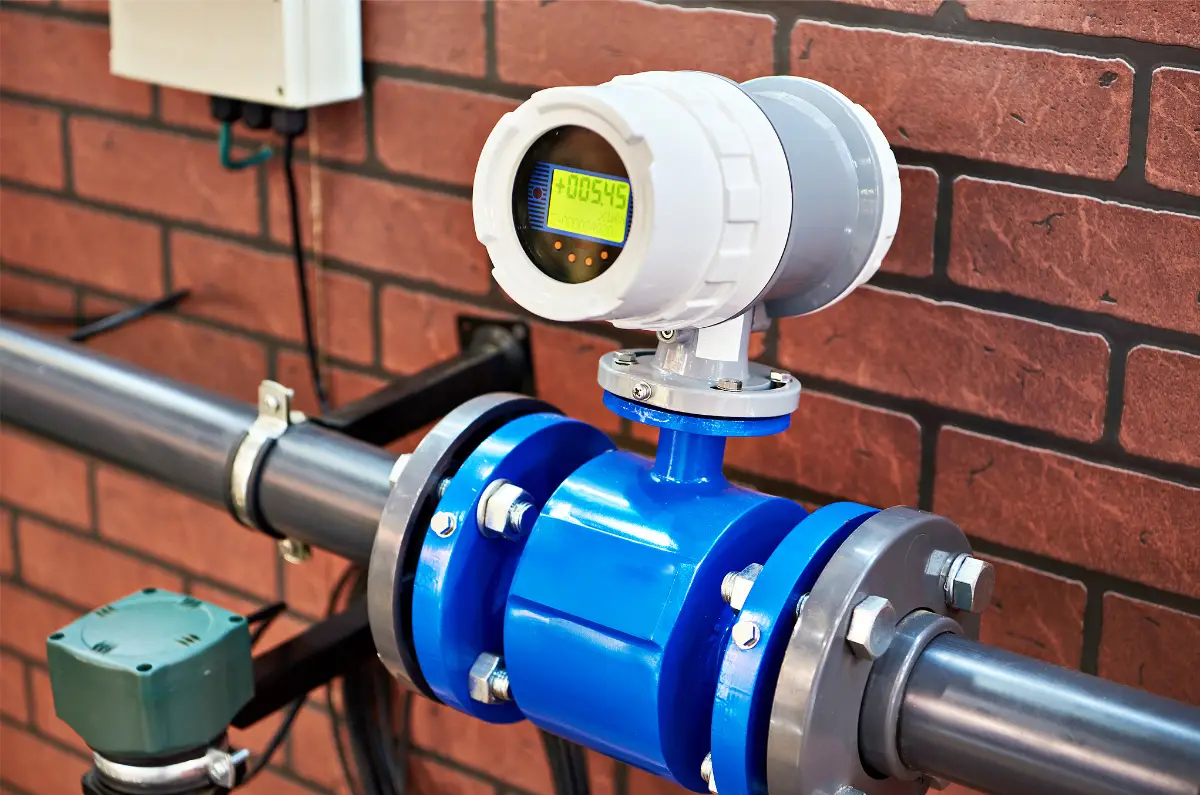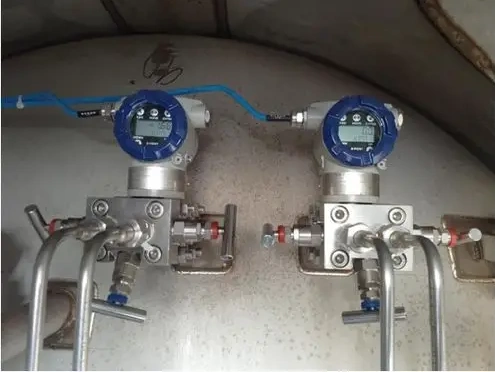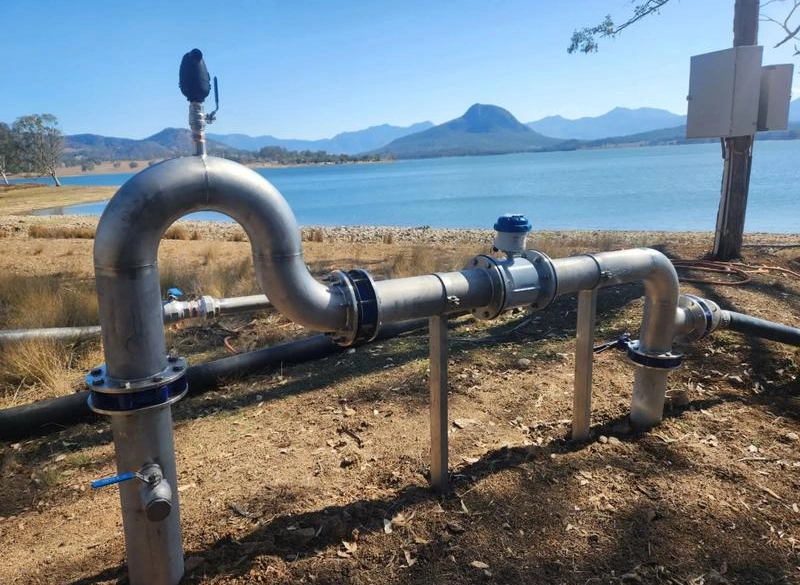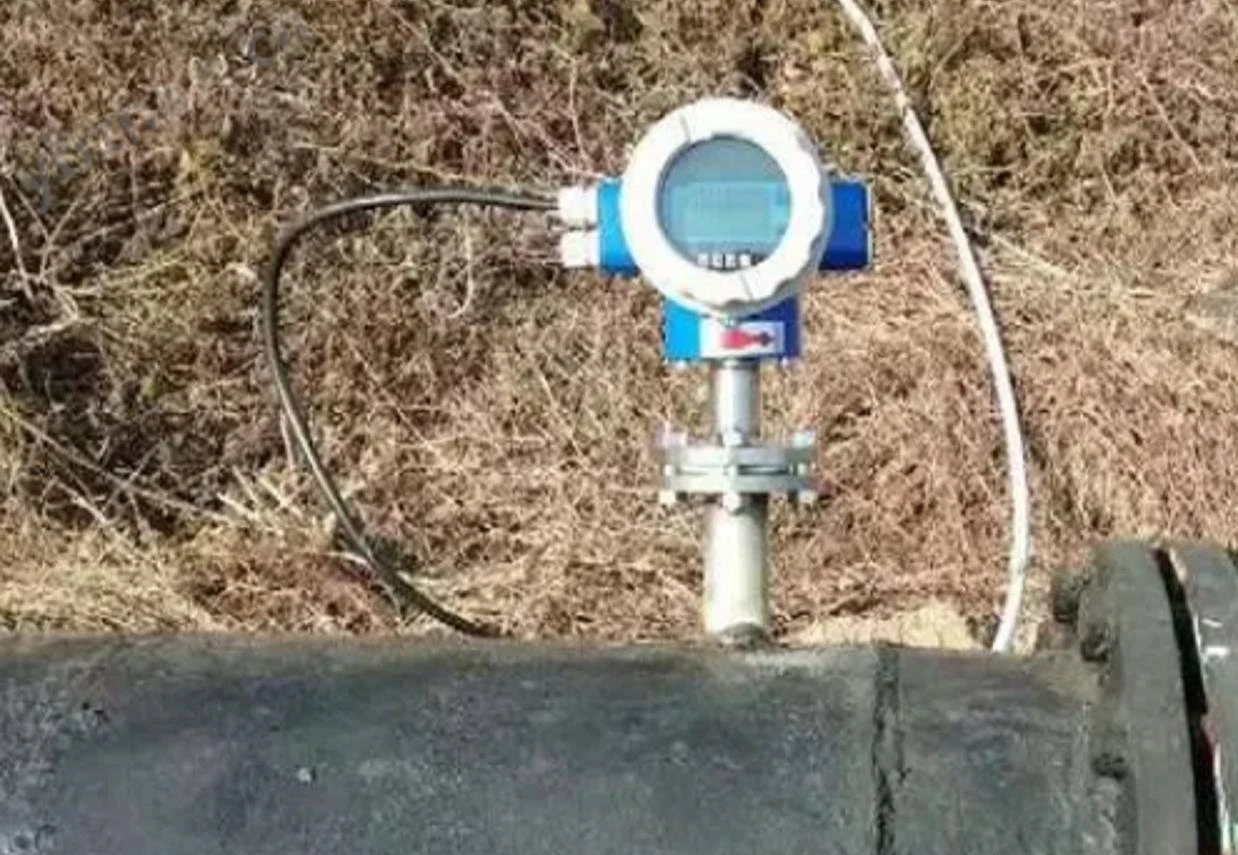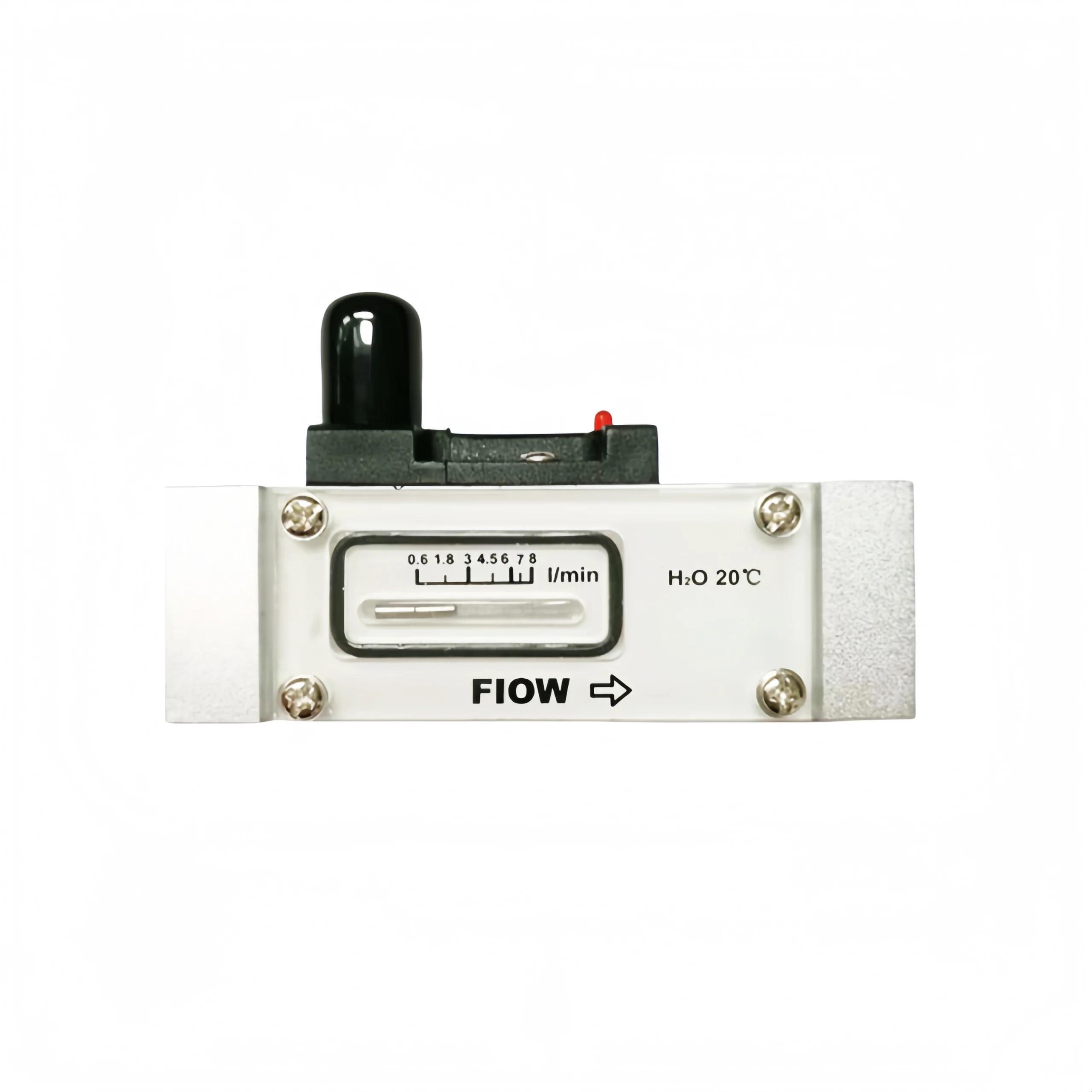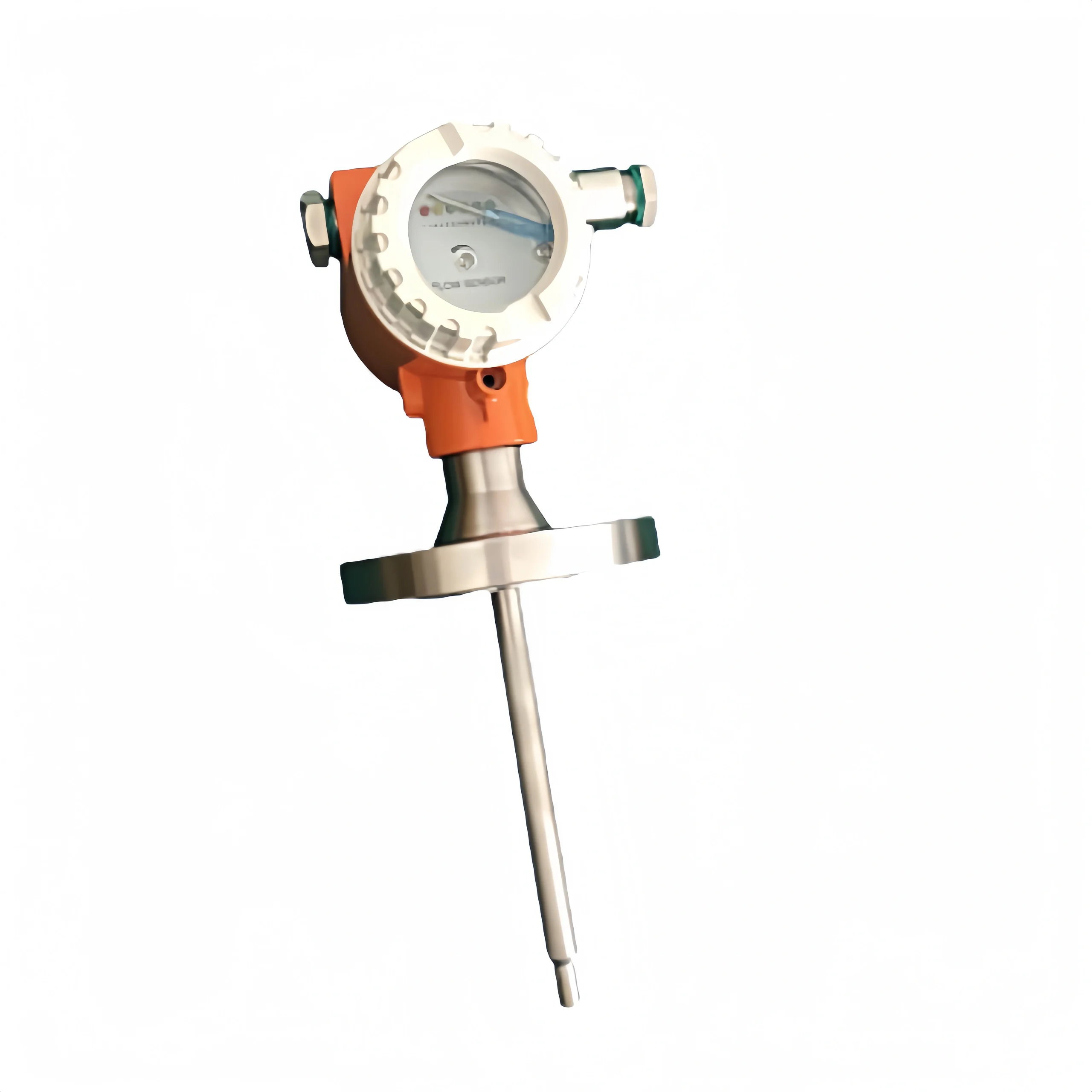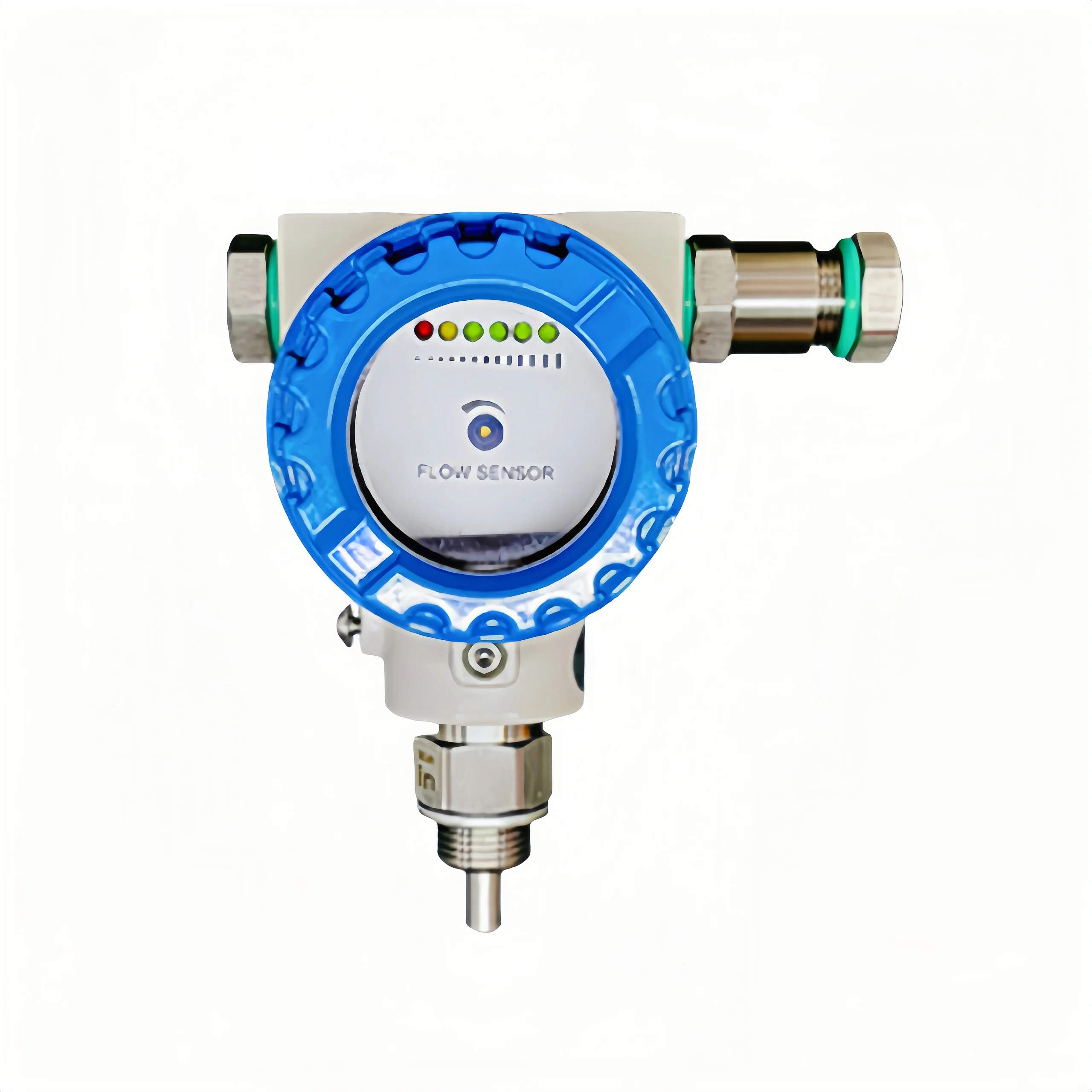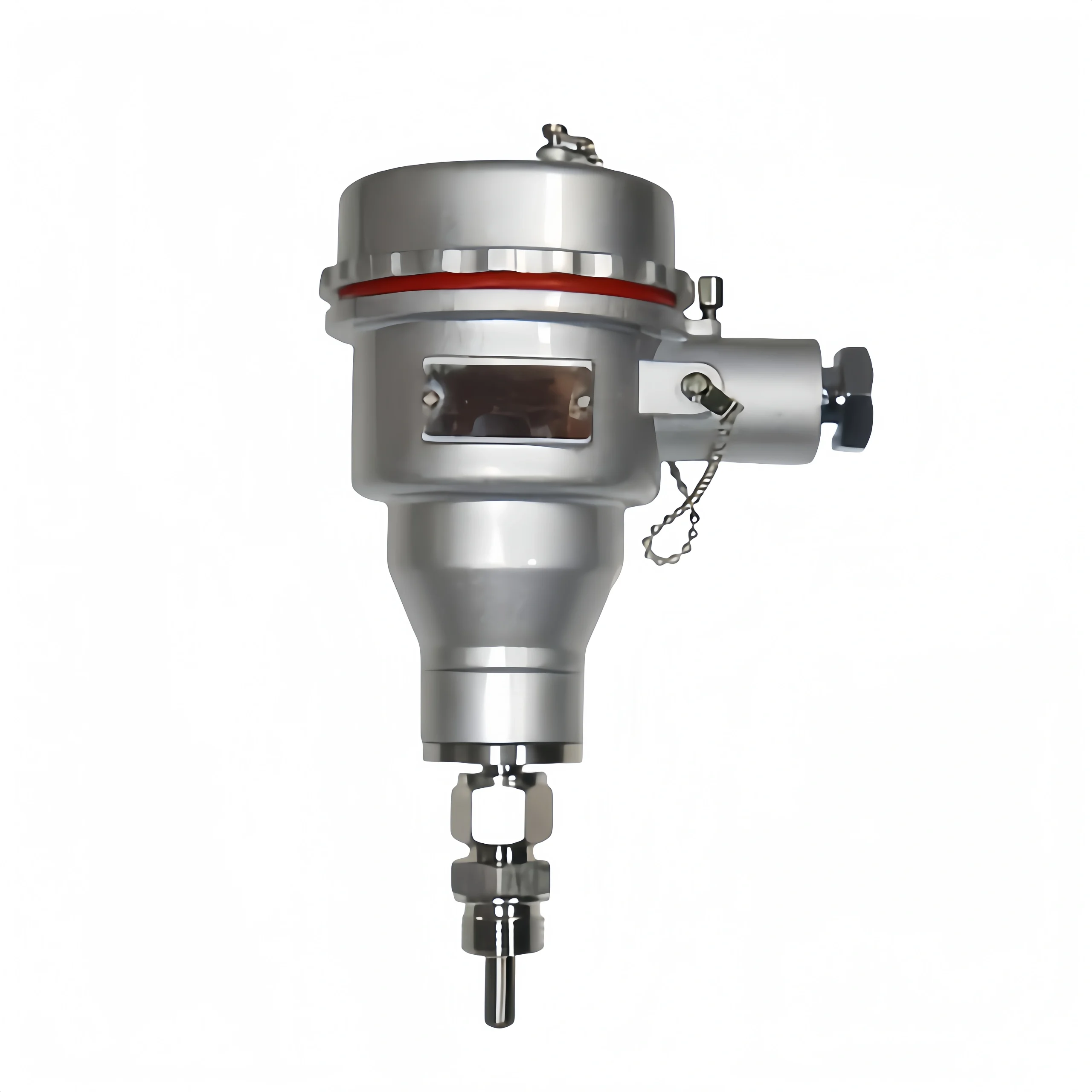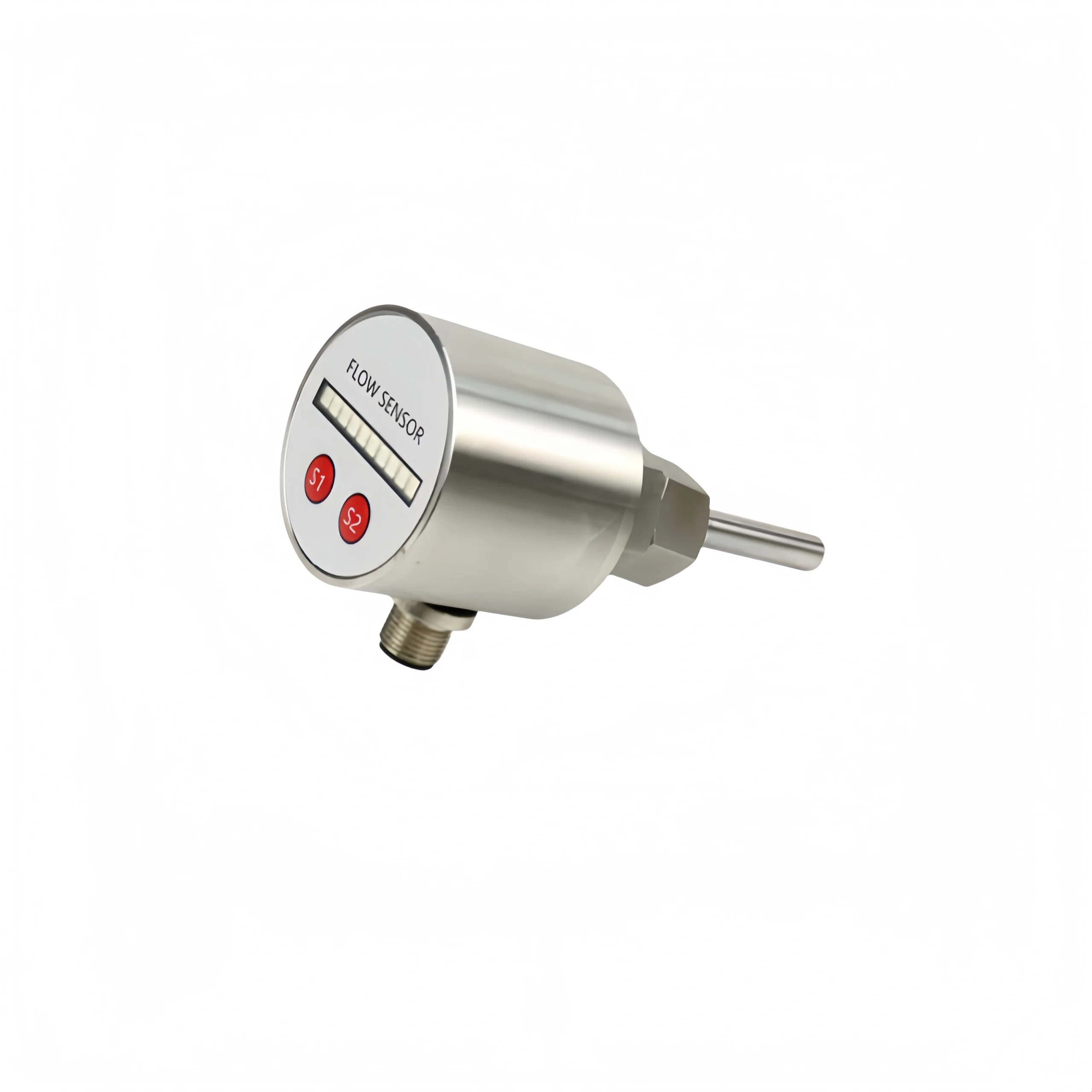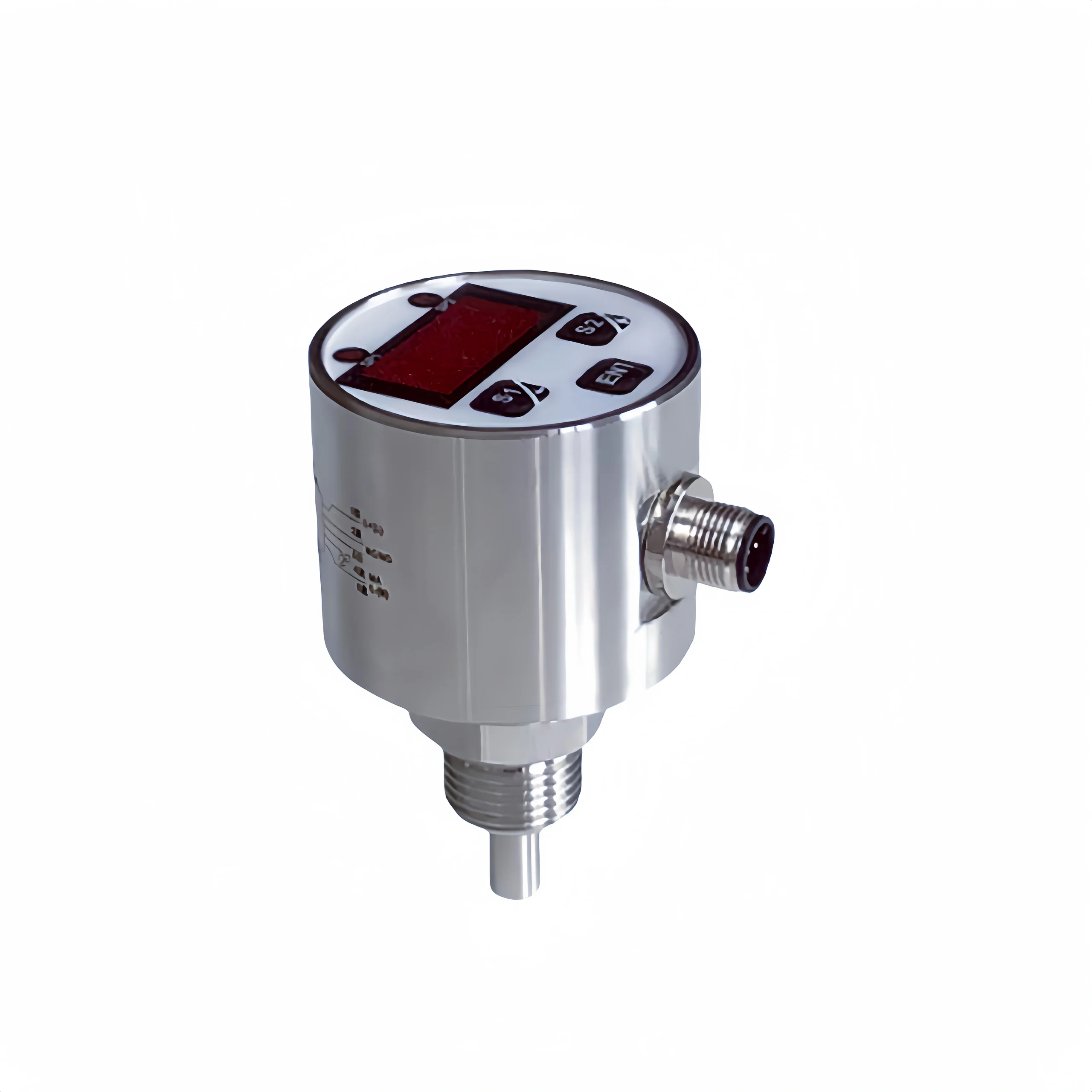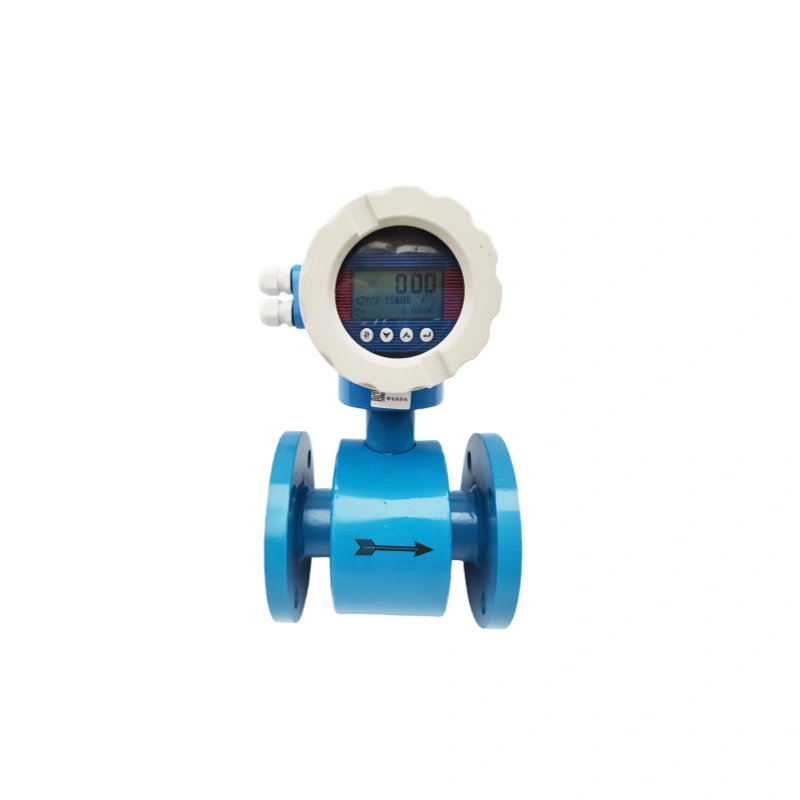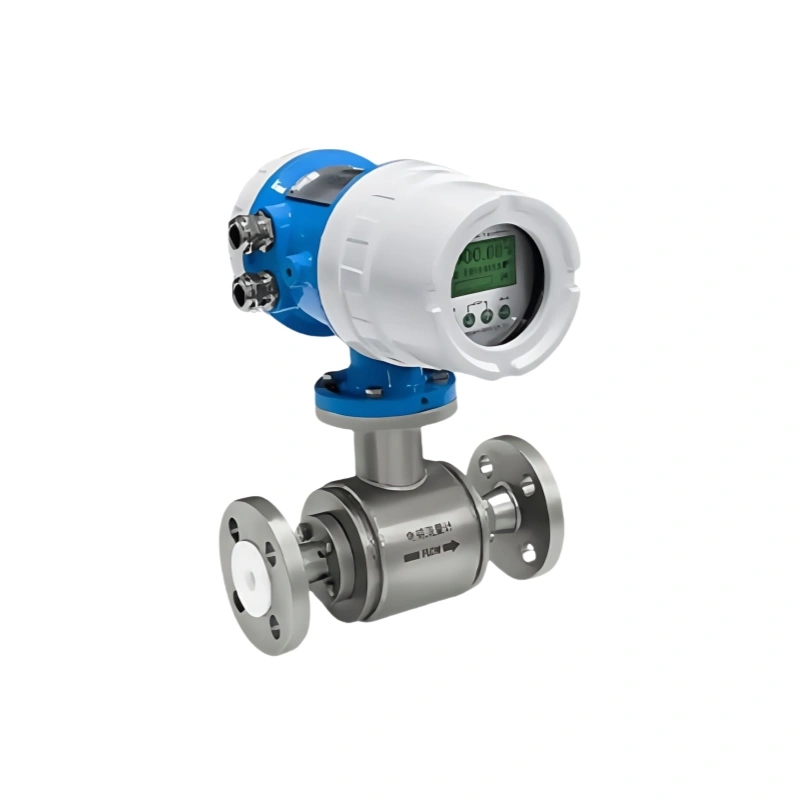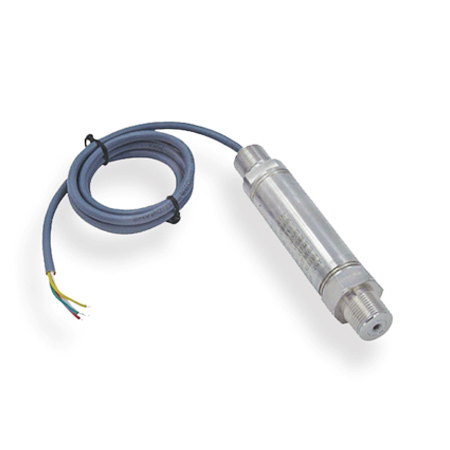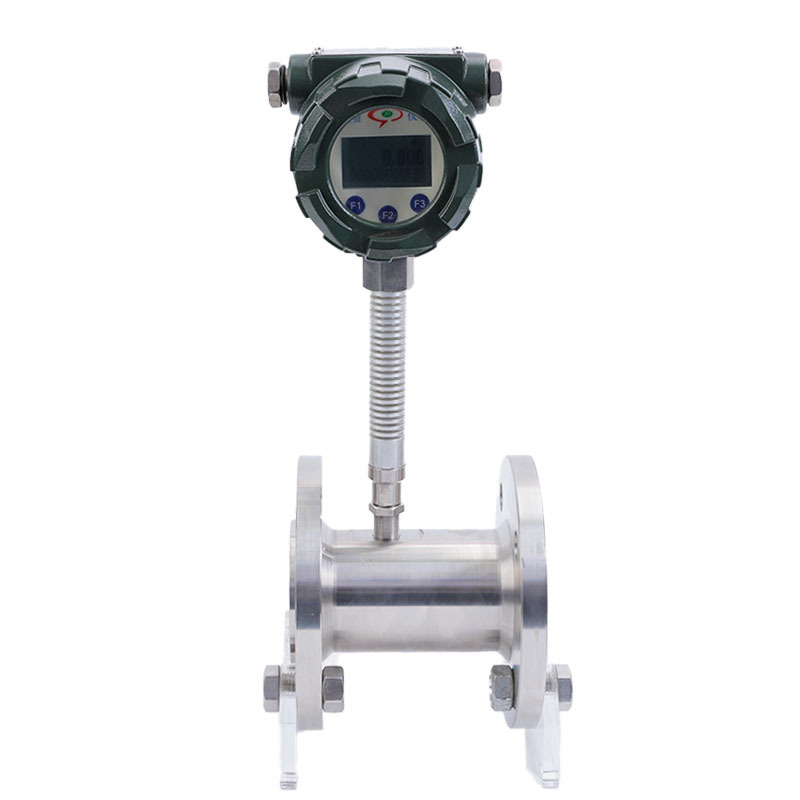Water is the most common medium used in industrial and civilian applications. Such as tap water, sea water, industrial wastewater, acid and alkali aqueous solutions. Accurately measuring water flow is crucial for hydraulic engineering, environmental monitoring, and wastewater treatment.
You may have seen mechanical water meters and heard of electromagnetic flowmeters. But what are the differences? How do you choose the right water flow meter for your industrial process? Let’s take a look.
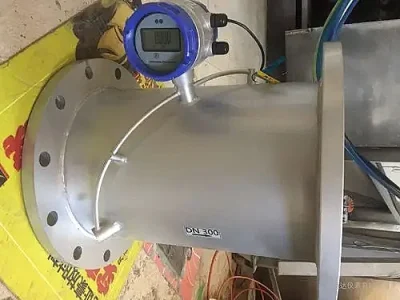
What is a Flow Meter for Water?
A flow meter for water measures water flow. Water flow meters can measure and display information such as instantaneous flow rate and cumulative flow rate. They can output analog or electronic signals, making it convenient for people to monitor flow information.
Flow Meter for Water Processing:
Water flow meters can measure water flow in pipes, tanks, pumps, and rivers. Selecting the appropriate water flow meter is beneficial for environmental protection, energy conservation, and efficiency improvement.
It is widely used in various industries, as detailed below.
Hydrological Monitoring
Drainage and flood control systems
Sewage treatment plants
Water Resources Engineering
Cooling of electric traction coal mining machines
Chemical, pharmaceutical, and food processing industries
Farm irrigation systems
Urban water supply systems
Hydropower
Fire Protection Systems
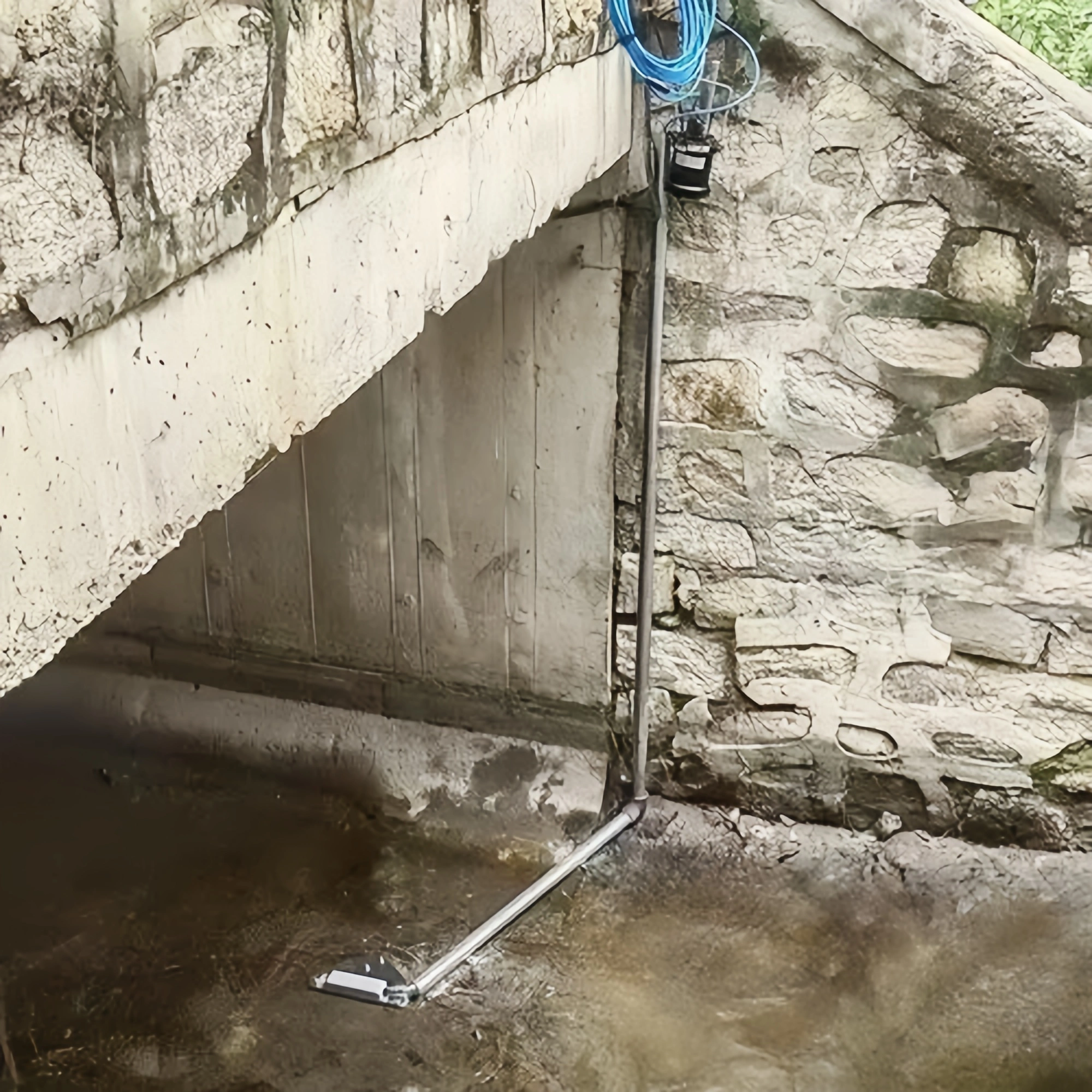
What are Different Types of Water Flow Meters
The water flow meters can be categorized based on Sino-Inst’s years of experience.
Flow Switch
Flow switches cannot display instantaneous or cumulative flow rates. However, they can be set to control flow based on predetermined flow values. When the flow rate exceeds or falls below the set value, the flow switch sends a switch signal to control the valve. They are suitable for applications requiring simple flow control.
Read More About: Flow Switch VS Flow Meter-Definition, Types and Working
Electromagnetic Flow Meter
An electromagnetic flow meter is suitable for measuring the flow of various conductive liquids, including wastewater and slurry containing impurities. Its advantages include high measurement accuracy and immunity to factors such as water temperature, pressure, and density.
However, they can only measure conductive liquids. They are ineffective for non-conductive liquids such as pure water, raw water, and oil. Additionally, their installation requires a relatively long straight pipe section, resulting in higher costs.
Vortex flow meters
Vortex flow meters have a simple structure. They are easy to install and maintain. They have a wide measurement range. They can be used to measure the flow of various water qualities.
However, they are also susceptible to interference from external factors such as pipeline vibrations. Vortex flow meters are sensitive to changes in fluid velocity. At low flow rates, measurement accuracy is relatively low.
Ultrasonic flow meter
Ultrasonic flow meters are easy to install without damaging the pipeline. They have low requirements for the properties of the measured liquid and are suitable for measuring wastewater and corrosive liquids.
Inline water flow meters and clamp-on water flow meters represent two installation methods. These two different installation methods can be applied to various pipelines.
However, their measurement accuracy is significantly affected by factors such as water quality, pipe material, and flow velocity distribution. It is similar to vortex flow meters; measurement errors are larger at low flow rates.
Gear flow meter
Gear flow meter‘s advantages include high measurement accuracy and good repeatability
It is suitable for measuring clean, particle-free liquids. such as pure water and light oil. They are minimally affected by changes in fluid viscosity.
However, they have extremely high requirements for the cleanliness of the measured liquid. Impurities can cause severe wear on the gears. They are not suitable for measuring high flow rates.
Turbine Flow Meter
Turbine flow meters have fast response times and high measurement accuracy. They are suitable for measuring the flow rate of clean liquids. They are widely used in industries such as petroleum, chemicals, and pharmaceuticals.
However, turbine flow meters have high requirements for the cleanliness of the measured liquid. Impurities in the liquid can wear out the turbine and bearings. Damage to parts affects the measurement accuracy and service life of the flow meter. Additionally, the measurement range of turbine flow meters is relatively narrow.
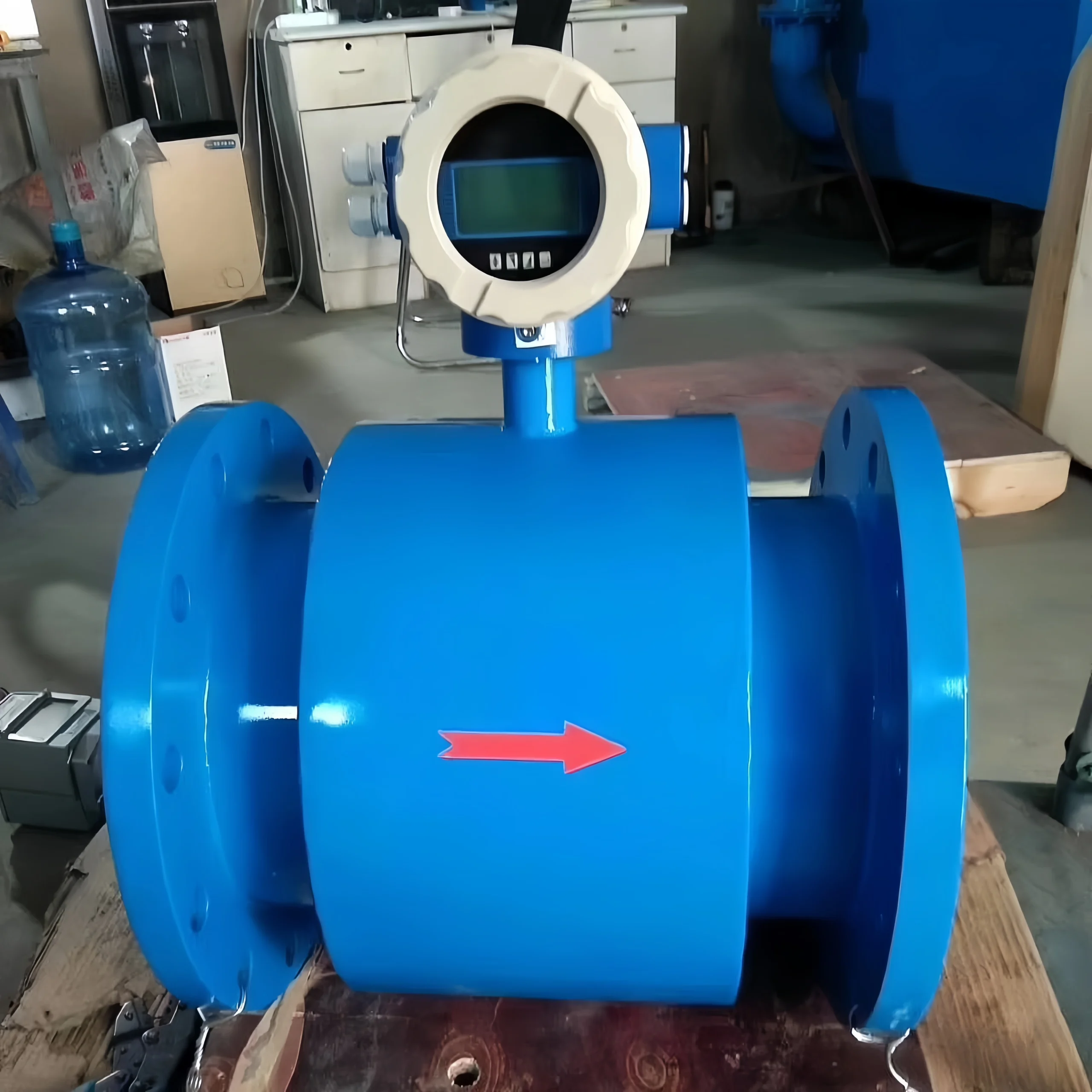
Electronic Digital Water Flow Meter vs. Traditional Water Meter
Digital water flow meters, also known as electronic water flow meters, require a power supply to perform measurements and display readings. These flow meters are typically equipped with a local digital display that shows instantaneous flow and cumulative flow, and some even have alarm functions.
Digital water flow meters are more accurate than traditional water meters.
Digital water flow meters can be customized for a variety of complex processes. Traditional water meters are more suitable for simple flow measurements.
Sino-Inst Featured Water Flow Meter
Common water flow meter signal outputs
Analog signal outputs include current signals and voltage signals, such as 4-20mA and 0-10V, etc.
Pulse signal outputs can be directly used for cumulative flow measurement. They can be connected to a counter for cumulative flow measurement.
Digital signal outputs can connect to digital devices such as computers and PLCs. Digital signals can be used for data storage, analysis, and processing. Digital signal outputs are communication protocols, such as RS-485 and RS-232.
Users can discuss their requirements with suppliers when placing orders, and suppliers can customize signal outputs according to these requirements.
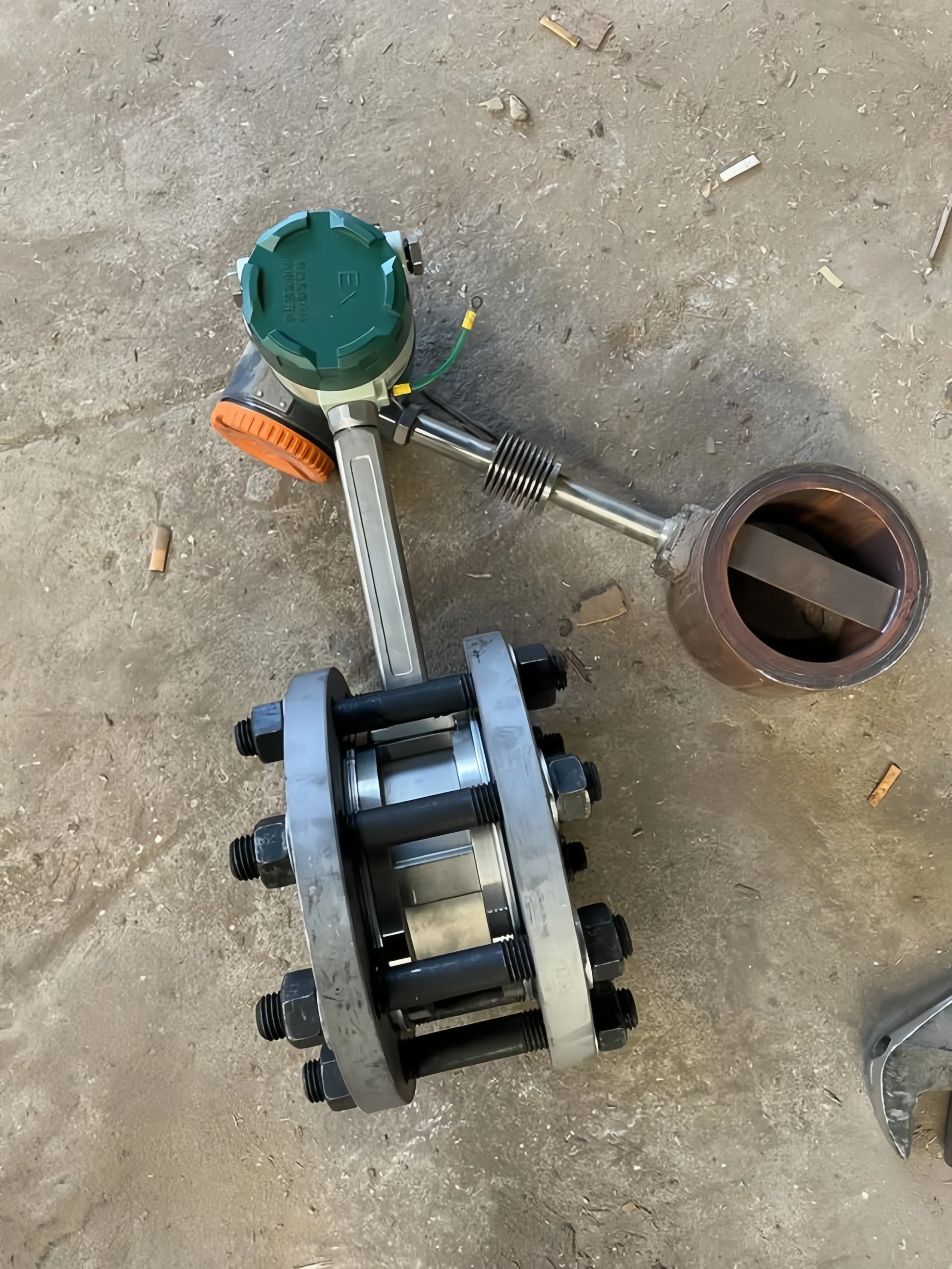
How to Choose a Right Flow Meter for Water?
Choosing the right water flow meter requires comprehensive consideration of several factors. The following are some key considerations:
- Flow range
- Properties of the measured medium
- Measurement accuracy requirements
- Installation and maintenance requirements
- Pipeline conditions
- Cost budget
The following is a table to help you quickly select a flow meter:
| Application | Recommended Types | Reasons |
| Tap water metering (civil use) | Mechanical Water Meter | Low cost, durable |
| Industrial circulating water (clean) | Turbine/Electromagnetic Water Flow Meter | High precision, stable |
| Wastewater containing impurities | Electromagnetic/Ultrasonic Water Flow Meter | Corrosion-resistant, resistant to impurities |
| Large pipe diameter (DN300 and above) | Ultrasonic (Clamp-on) Water Flow Meter | Easy installation without compression |
| High-temperature, high-pressure steam water | Vortex Flow Meter | High temperature resistant, high reliability |
How do I test my water flow rate?
There are several methods for measuring water flow rate. And we recommend the following options, which you can choose based on your specific needs.
Container timing method:
Prepare a container of known volume, place it at the faucet or pipe outlet, and measure the time required to fill the container.
Then, use the formula to calculate flow rate based on volume and time: Flow rate = Volume ÷ Time.
This method is simple and easy to use, but not very accurate. It is only suitable for rough estimates.
Weighing method:
This method is accurate but relatively complex to operate. Using a flow meter is the most direct and accurate method. Weigh the weight of water flowing out over a specific period of time. Calculate the volume based on water density (1 kg/L), then divide by time to obtain the flow rate.
Selecting the appropriate flow meter allows for direct measurement and display of water flow.
Read More about:Flow Rate and Pressure Relationship Formula
How do I choose a flow meter size?
Sino-Inst has encountered many cases where the wrong flow meter size was selected. Below is a specific guide to selecting the right pipe size for flow measurement.
The diameter of the flow meter should preferably correspond to the size of the customer’s pipeline to ensure smooth water flow and optimal measurement results.
If the user’s flow range does not match the flow range of the flow meter, the user will need to reduce or increase the size of the pipeline. Please consult our technical staff for details.
What is the most accurate flow meter?
The Coriolis mass flow meter is the most accurate, achieving an accuracy of up to 0.1%. However, it is also relatively expensive.

